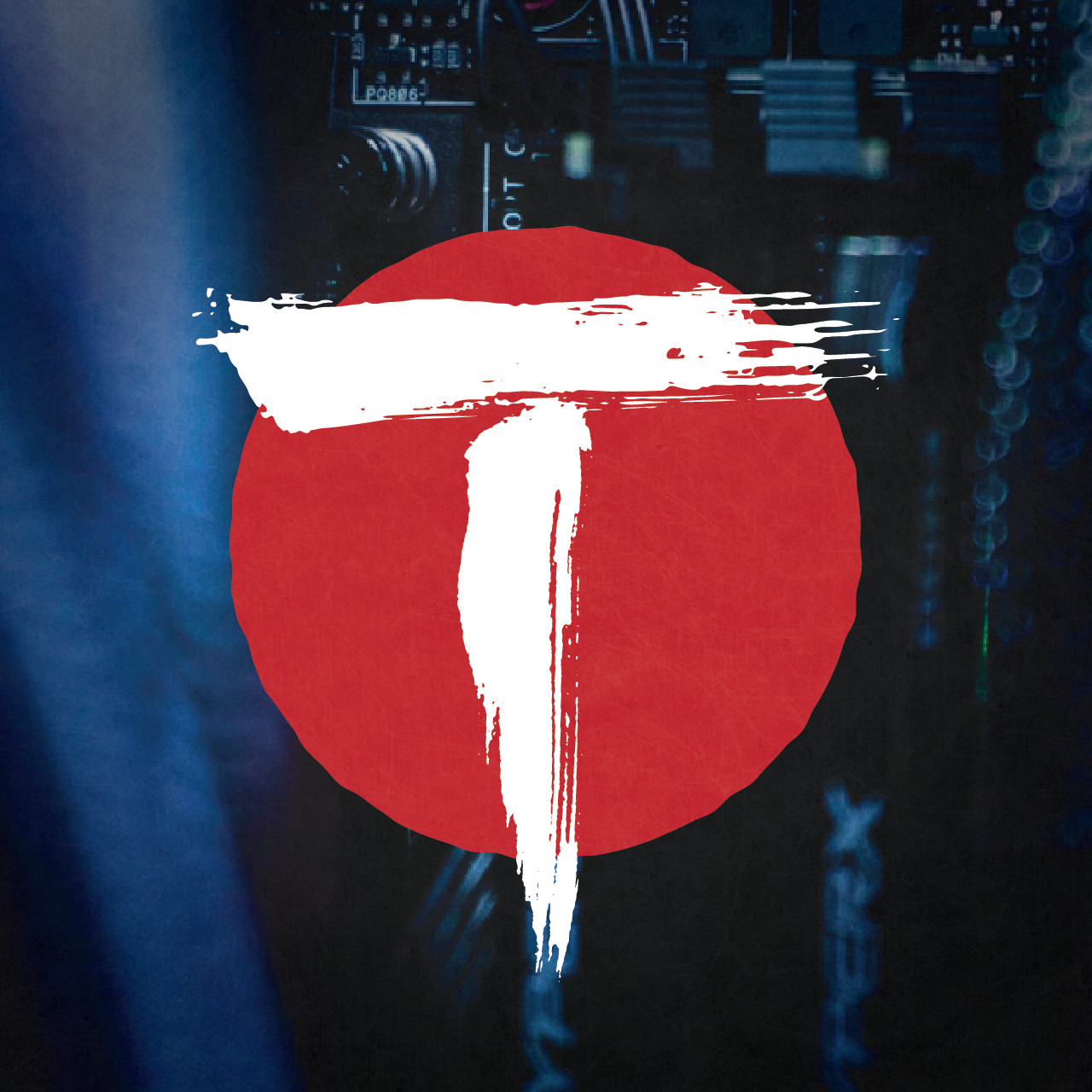I assume there must be a reason why sign language is superior but I genuinely don’t know why.
American sign language is not a gesture based form of English. It is an entire language in its own right, with its own distinct grammar and vocabulary.
To someone deaf from birth, sign language is their native language. And it is much more comfortable to quickly read your native language than a second language.
This raises more questions than it answers, like how do the deaf from birth function in society at all if they struggle with other languages besides sign language. How do they get a job, go to school, learn new skills, read the news, text people? What do they do in their leisure if not watching subtitles movies or reading books? Many non-english speakers end up learning English anyway because of just how pervasive it is.
The same way anyone else for whom English is a second or third language function in society.
I’m ESL and use English subtitles when watching a programme in a language I can’t speak…
You’re on the internet. Most Deaf people these days read English fluently. It’s just that Deaf 70 year olds were often able to get away without becoming actively fluent in English and may not have felt the need to. Closed captions are younger than most people think and they fucking sucked fairly recently. I grew up watching the news with captions and it was distracting if you didn’t need it. Big black boxes with the words said a few seconds ago rapidly appearing on them as they covered stuff. And often captions on prerecorded content wasn’t much better. It was an accessibility feature and treated as such. Technology connections has a great video on closed captions that was almost nostalgic lol.
Then there’s also the mood. If you grew up with tv that had captions you’re used to it. But before captions we had terps (interpreters). At live events we have them. At a government press release they already needed one because they can’t just show the teleprompter to the Deaf people in the audience. So they just show the terp where we expect to see them on the screen. Like I can’t think of an event on tv that has interpreters that doesn’t need one in person.
Think about written English: it’s phonetic.
How do you learn to RECOGNIZE A WRITTEN WORD when you don’t know what it sounds like, let alone what the letters mean. Or becomes a matter of a hundred thousand different symbols, recognized as a unit, removed from the auditory context.
I can’t imagine how any deaf person learns to read, to be honest . It’s an astounding feat.
Don’t you just recognize the sequences? There are plenty of non phonic languages, you just recognize patterns instead of sounds.
They don’t. Having your native language be easier than another doesn’t mean you’re struggling significantly.
Well, subtitles are usually really fast. For most other things that you dont have to read live, reading a bit slower is not really an issue.
You’ve hit on a problem that the Deaf community faces. There’s often an entire Deaf society in places. Deaf jobs, Deaf schools (including universities), Deaf media… They do read English but it’s harder and it’s not their primary language (though I’ve heard the internet is helping a lot there).
But yeah, there are Deaf universities, including prestigious ones like Gallaudet. Nobody teaches medicine or engineering in sign language from what I can see. I did check and I was pleasantly surprised that Gallaudet offered shit like math, biology, and IT with even grad programs in stuff that isn’t explicitly about deafness.
Would you rather watch content in your native language, or subtitled? If you read translated content, it’s fine. But it’s not the same as hearing something performed for you. Might be hard to grasp if your language is largely auditory and written, rather than visual and emotive.
Just because sign language is a visual language, does not mean reading is an equivalent. There is a ton of nuance and feeling that goes into communicating through sign language that is not possible through text alone.
Beyond the communication piece, there is respect of an individual who natively speaks a language, and the importance of keeping the language alive.
feelitghst
There’s that nuance.
I mean, there wasn’t enough information to be certain… but live broadcasts of things would have a signer because the live audience would have to bring in screens to add subtitles to the event…
That is super interesting, thanks a lot for the detailed comment! I wasn’t aware that sign language is not directly translatable to text as are other languages.
Would you rather watch content in your native language, or subtitled?
Subtitled, 100 times out of 10. In fact, that’s what I already do, alongside a significant portion of the non-anglophone world.
But it’s not the same as hearing something performed for you.
Considering the fact that nearly all TV media is made to only be fully enjoyed if you can hear it, that’s a given. Deaf people are missing out either way, though.
There is a ton of nuance and feeling that goes into communicating through sign language that is not possible through text alone.
Just like there’s a ton of nuance that can’t be communicated by text alone when compared to spoken words, you mean?
the importance of keeping the language alive.
This is the only factor you’ve presented I can agree with. Programmes are presented with sign language because it’s important to maintain awareness that it exists. Deaf people are a very small minority, so keeping their languages alive is essential.
Not deaf/HOH, but I’ve watched some signed translations out of curiosity and even to me it seems different. They do things like indicating the feeling of music, matching their facial expressions to the characters’, and sometimes forgoing a direct translation to confer the mood of a phrase.
Even when you’re watching a subbed movie/show, you have the emotion of the voice performance to influence how you read the words. I imagine it’s the same for signed VS subbed translations (to anyone who signs, please correct me if I’m wrong).
I’m profound deaf. I sign, write and speak. :)
Well, sign language aren’t superior. Having both : subtitles (hard hearing people) and sign language (deaf people) is better. I prefer subtitle because it is closer to the speech and i’m not fond of sign video. Often the sign interpreter is small and sign very quickly.
In general, i prefer text, it help me focusing on the content instead of the person and use less bandwidth…
Sign language still lacks lot vocabulary. It’s a young language «created» in the 18s when Abée de l’Épée founded the first deaf school. And i had to create lot technical signs with sign language interpreters during my agricultural course. Furthermore, they don’t have an official sign writing yet, and it is a problem for keeping human knowledge and culture outside video and technological device. So there is still lot things to do and improve.
In France, lot deaf people aren’t fluent with French writing due to the lack of bilingual school (French writing and French sign language) and interpreters (eg : only 200 hours in sign language for 1 year in universities).
So, having sign language improves a lot the accessibility for deaf people as they are not fluent with writing language. For me, i prefer both. Both are good and it meet each people need. :)
Thanks for sharing!
And thank for your interesting question ! :)
Mind it only reflect my opinion and i do think other deaf people will have a different stance with mine about sign language. :)
In addition to the fact that it’s not just English via hand gestures, I believe it’s done because sign language is speech, with all of the benefits that comes with. There are extra channels of communication present in sign language beyond just the words. There’s equivalents of tone and inflection, and (I beleive) even accents. Like, this video of this lady performing “Fuck You” in ASL is what made it click for me when I first saw it many years ago. She’s just so fucking expressive, in a way that subtitles could never be.
EDIT: changed my wording to be more accurate, since sign language literally is speech through a different medium. There’s no need to draw an unnecessary boundary.
Or this ASL of Rap God
Here is an alternative Piped link(s):
https://piped.video/0iDAkEpCmBs
Piped is a privacy-respecting open-source alternative frontend to YouTube.
I’m open-source; check me out at GitHub.
Here is an alternative Piped link(s):
Piped is a privacy-respecting open-source alternative frontend to YouTube.
I’m open-source; check me out at GitHub.
Most of my girlfriend’s family is deaf. They read fairly slowly and end up usually not really following subtitles very easily. Sign language is fastest for them to understand.
I’ve heard that because written English is phonetic - meaning it shows how the sounds are (approximately) - then for people who have always been deaf that doesn’t make the same sense, and reading words is a bit like reading a bunch of telephone numbers and remembering what they mean.
I.e. the same as a programming language, which can be easily learned to be read at astounding speed… Also, written English is one of the least phonetic languages you could possibly find.
Not really. You can still sound out the phonemes in a programming language. Perhaps if the whole thing were perl memes. And while I agree English orthography is a mess, for “not phonetic” it holds no candle to Chinese.
Maybe Chinese is a better comparison, I hadn’t thought of that.
A lot of these comments are American so I thought I would provide a different point of view. In the UK it is a legal requirement for some broadcasters to have a certain percentage of signed programmes.
To add to this, repeats with added sign language were (are?) often broadcast late at night because you were meant to set your video to record them to use as teaching materials. wasn’t just sign language, a lot of the videos shown in school was stuff that had been taped from 3am
But why is there such a legal requirement?
To add another part of it, for people using BSL, it’s akin to their mother tongue.
Being able to watch content with signing is akin to having a TV show dubbed into your native language, rather than relying on subtitles.Edit: I just had a check, and it’s actually mentioned in the ofcom guidelines:
Subtitle users reflect the full range of proficiency in English; some profoundly deaf people regard BSL as their first language, and are less fluent in English.
If sign language is your first language, any written language is like a foreign language that you might’ve learned but aren’t a native speaker in.
ASL (or whichever sign language) is NOT a direct visual translation of English or French or Mandarin or whatever. It’s a totally different language and the written language is a second language. People might be highly proficient at reading and writing English in an English speaking country but it’s a different language.
I didn’t know about this before but I does make a lot of sense :)
i am not Deaf, but i imagine it is easier having stuff presented in your native language.
For one thing there are probably people who know sign language but can not read.
It’s also simpler, faster, and more accurate to have a live translator than having some one type.
Because it’s some people’s native language and for those people English (or whatever is the spoken/written language of the land) is their second language. Sign languages aren’t using hands to communicate in their original language, those do exist like ESL (English as a Signed Language) but the Deaf in America and England don’t use ESL, we use ASL (American Sign Language) and BSL (British Sign Language) respectively. These are very different languages from each other and ESL. They don’t even share fingerspelling alphabets.
Captions are amazing for the hard of hearing and late deafened, especially since many children such as myself who grew up hard of hearing were denied sign. But it’s my language by right and I was denied it as a native language. It’s natural for face to face communication in a way writing isn’t and it’s also a cultural language. A Deaf five year old can understand the news broadcast in sign language just as well as a hearing one can understand the spoken one.
Beides being more natural to follow for native Sign “speakers” (do you say Sneakers? No idea), at live broadcasts it is way more efficient than live subtitling
ASL has very different structure to spoken/written English, so not everybody who signs is going to comprehend English grammar as fluently/easily or the nuance of all the words that don’t have a sign equivalent.
Additionally ASL communicated who is talking and the tone of their words, even when the speaker is off screen, which just can’t be captured by captioning. Closed captioning has just caught on to using slightly different colors to indicate the speaker, so you know who’s talking offscreen. I’ve only seen this in British panel shows so far but it’s helpful.
I have only ever seen this at live events and so the persons actually there would not be able to see subtitles.










